Original author:Donovan Choy
Compilation of the original text: The Way of DeFi
Original author:
Compilation of the original text: The Way of DeFi
2021 has a crypto bull market. Ethereum has become congested, with gas fees sometimes running into the hundreds of dollars.
So, what was the solution at the time? Deploy a new faster chain! “Ethereum killers” like Solana, Binance Smart Chain, and Avalanche all appeared around then. They all carried out liquidity mining activities, and all siphoned funds on Ethereum.
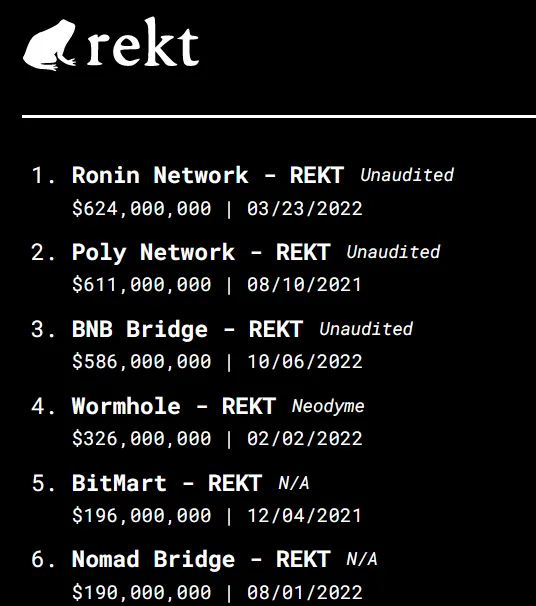
People are abandoning Ethereum despite supporting it in the past.
The Alt-L 1 chain temporarily addresses the market's need for scalability. But the emergence of so many chains with different standards brings the need for cross-chain bridging. Of course, this also brings trouble, not only inconvenient, but also dangerous. As Rekt lists, cross-chain bridge hacks are frequent.
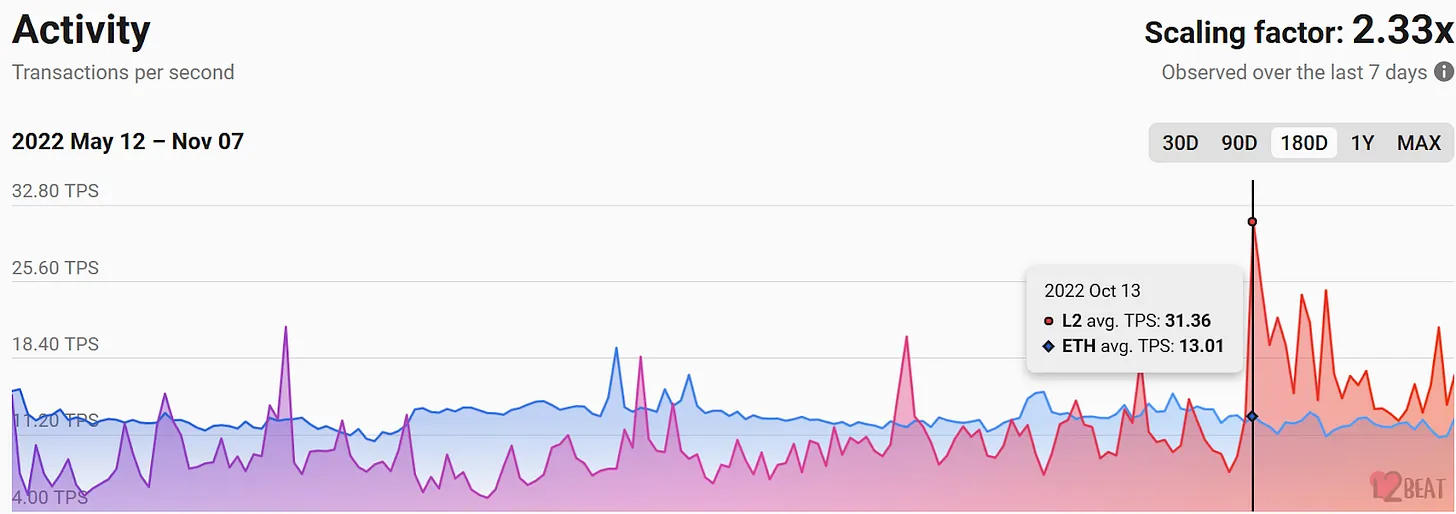
Ethereum tries to answer the scalability question differently with rollups. Assign transactions to a separate (rollup) chain for processing, and inherit the decentralization and strong security of the main network.
This practice has been working. As of October, L 2 s has surpassed the Ethereum mainnet in transaction execution.
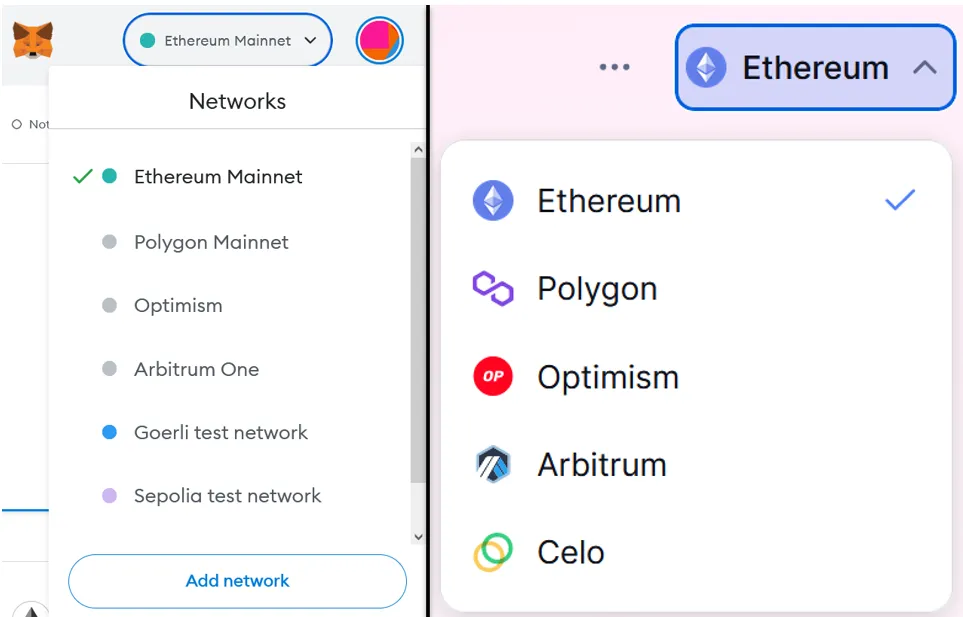
However, there is still a problem with this. Each new chain or rollup is itself a single chain, with its own independent language and design structure. The result of scaling this long term will be an asynchronous Web 3 ecosystem. This is why we need a protocol like Hop to bridge between rollup chains.
If Web 3 is to achieve mainstream adoption, we need to say goodbye to this constant network switching. One doesn't want to deal with fragmented, asynchronous chains. It's like exchanging currencies every time you want to transfer money between banks.
If cross-chain bridges are a one-off Band-Aid solution, modular rollups are paving the way for a more comprehensive solution.
So, how to proceed? The developers behind Optimism have a solution: the OP Stack.
current obstacles
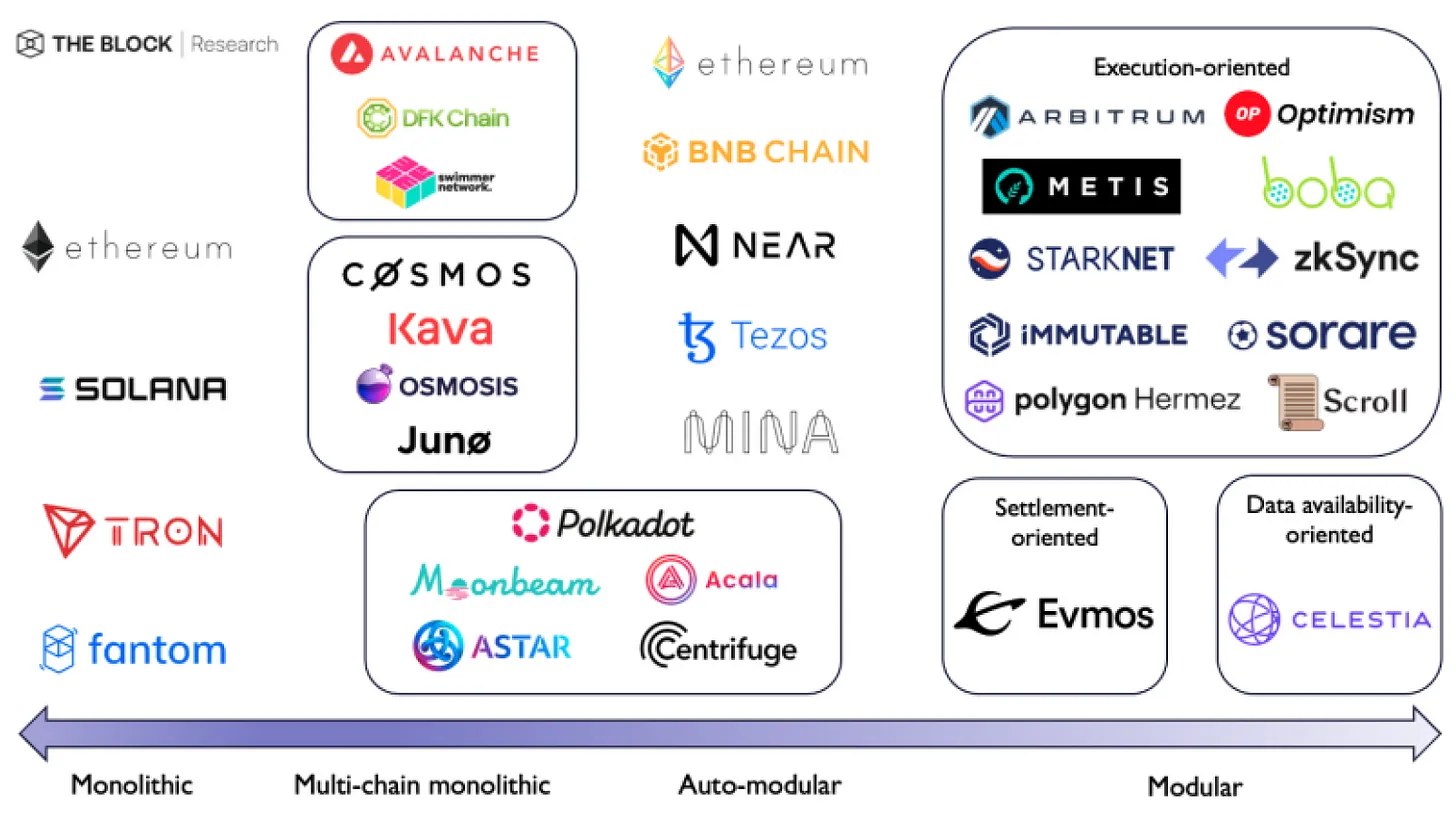
Today, most chains are pursuing their own modular strategies. Optimism, Arbitrum, and Starknet differ in their execution layers, but they all share the same settlement, consensus, and data availability layers by outsourcing these layers to the Ethereum mainnet.
OP Stack
Metis and Celestia chose their own data availability layer, while still using Ethereum as their settlement and consensus layer. Validium chains based on StarkEx, such as Immutable X or rhino.fi, operate similarly by running their own relatively centralized data availability committees - pre-selected groups of nodes to host transaction data.
Each chain runs its own independent, single strategy, with differences in the design of the execution, settlement, and data availability layers. What if these chains shared a standardized open-source code base, rather than the siled chain/rollup system of today?
That's what Optimism's OP Stack comes in for: a set of modular base LEGO bricks for building more expressive and precise rollup chains on Ethereum, which is not possible on today's monolithic L2.
The OP Stack is a standardized set of open-source modules that can be assembled into a custom chain — what Optimism calls an “OP Chain” — to serve any specific blockchain use case.
"Let's break down this definition:"Modules are any bits of data that a developer can plug into the OP Stack to create an L 2 , L 3 or L 4 .
standardization
Means there is consensus on a standard for a module and it can be implemented by all.
Open source means it's freely available for anyone to iterate on and pull requests from.
With the OP Stack, you are not locked into one particular proof system or technique. Developers have the ability to switch modules among different execution, consensus, settlement, and data availability layers of a chain, just like switching APIs.
dYdX chose to leave Ethereum in favor of the Cosmos application chain because they wanted greater modularity in the consensus layer on their own chain. OP Stack solves this problem.
The design of the OP Stack allows code forking in a way that is easier than current efforts, as developers can easily abstract away the various components of the blockchain and modify it by plugging in different modules.
If an Optimistic rollup wants to transform itself into a ZK rollup. no problem! Just replace its fraud proof module with the validity proof module of the settlement layer.
If a chain wants to use Celestia for its data availability layer. no problem! Just swap Ethereum for Celestia.
Maybe you want to run Minecraft as an L2 rollup, but the on-chain game is too computationally intensive on mainnet? In fact, someone has already done it, OPCraft, the team behind it, Lattice, by introducing its own execution module into the execution slot of L2 rollup, and then modifying a plasma in the consensus layer to increase scalability.article。)
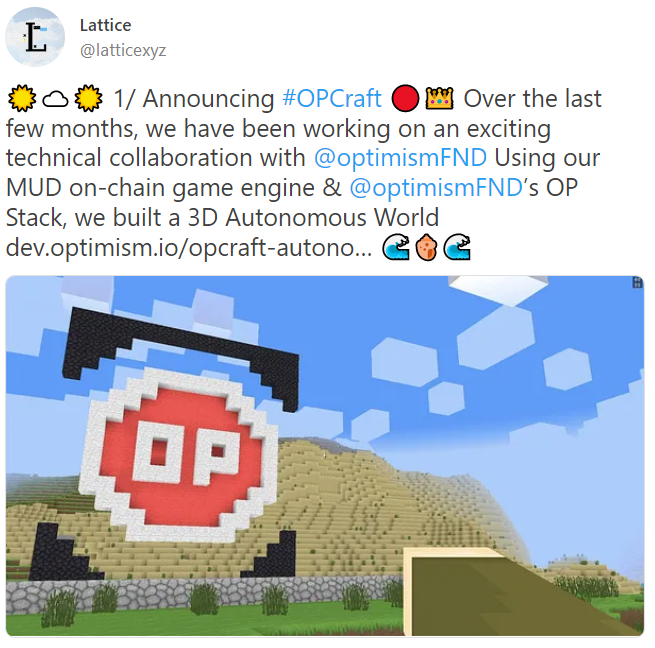
Thus, OPCraft exists on Ethereum as its own L2 rollup (the OP chain!), and every action in the game is executed as an on-chain transaction and rolls down to the Ethereum mainnet. This is Minecraft on an EVM-compatible blockchain, scalable! Just like other blockchains, developers can access it through nodes and deploy smart contracts on it (see this Metatarsal article on this
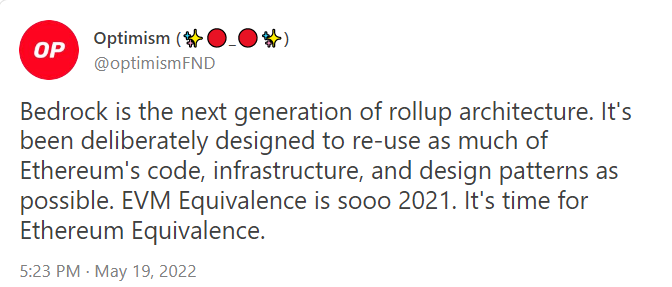
article
Lattice does this by leveraging Optimism's Bedrock rollup architecture. Bedrock is the first implementation of the OP Stack, a collection of modules used by Optimism. Bedrock uses the Ethereum Virtual Machine as the execution layer, making it equivalent to the EVM, and uses Cannon on the settlement layer as its interactive proof-of-failure system.
More crazy forks are coming. 0 xPARC built a Game Boy rollup by swapping out Bedrock's execution engine for a Game Boy emulator.
This is all done on-chain.
The main problem with modular blockchains today is increased fragmentation as developers make design choices and trade-offs. This fragmentation problem is similar to Web 2's walled gardens, only here it's accidental.
If OP chains might not want to run their own sequencer, they can pay a fee to use Optimism's shared sequencer which they trust. This opens up another monetization model for Optimism, not just dapps currently on the Optimism chain.
The OP Stack addresses this growing fragmentation by building in Web 3 from the idea of an open garden. All OP chains can enjoy atomic cross-chain composition as long as they voluntarily opt into the same set of shared sequencers (unique entities that generate blocks on each OP chain).
If OP chains might not want to run their own sequencer, they can pay a fee to use Optimism's shared sequencer which they trust. This opens up another monetization model for Optimism, not just dapps currently on the Optimism chain.
Ultimately, any user on Ethereum can send transactions to each other from either side of the ecosystem. No more network switching or bridging required!
This vision has given rise to the emerging structure of Optimism's "Superchain", where hundreds/thousands of OP Chains will be fully interoperable on Optimism and connected by the same technical structure.
Launching a rollup will be no harder than launching an ERC 20 token, and the speed of Web 3 experimentation and innovation will be accelerated even further.
Of course, it's not just about interoperability, either.
With increased configuration flexibility enabled by OP Stack shared modules, developers are recycling reusable code that previous developers have used, making the code stronger and more resistant to hacks and bugs.
For example, when the Lattice team built OPCraft, they designed it with a much higher gas limit per block than Optimism's own chain. In this different configuration, they found certain bugs that were not obvious before.
All flowers bloom
All in all, the OP Stack is an ode to Ethereum's fundamental vision of scaling through modularity.
Optimism is building a fully open-source rollup chain ecosystem, and OP Stack is the foundation for building this vision. But more than just rollup, the OP Stack can also be leveraged to build governance and identity modules, giving developers the ability to easily design their chains from scratch.
When all of these are completed, the rollup ecosystem will bloom like a hundred flowers on top of Ethereum.